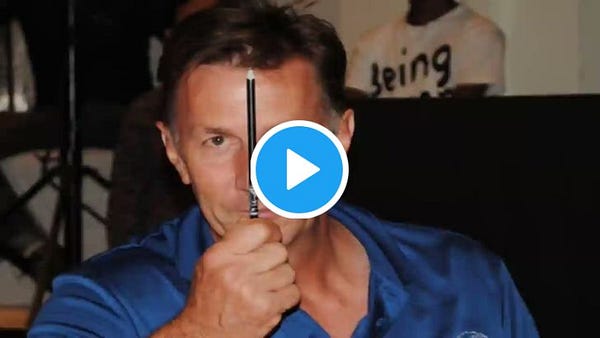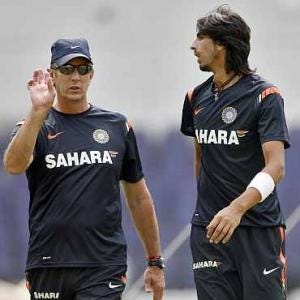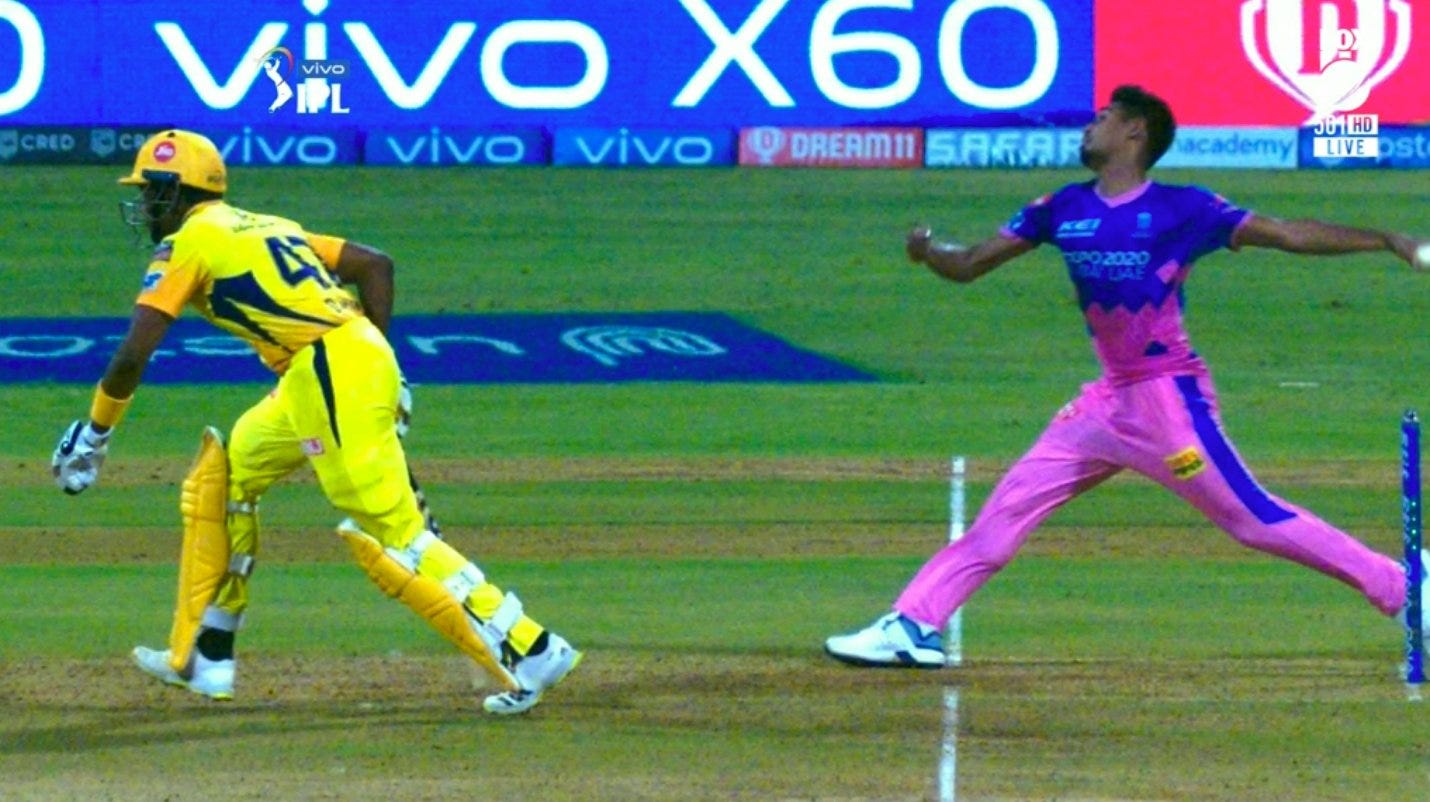Influencing, not instructing, players
Eric Simons on how he found a way to influence India's bowling line up and helped them perform better
When Eric Simons was appointed the Proteas coach in 2002, he knew what he wanted to achieve, he had a game plan and he had very good ideas on how he would go about achieving them.
There was no reason to doubt his plans and abilities, Eric had played cricket for many years, since the early 1980s until his retirement in 1995. But, he had not just played cricket, he had coached Western Province after retirement. He had seen the ups and downs, the highs and lows of cricket, he understood what would be needed to take the team further and develop them into a high-performing unit.
"It was just a case of getting in there and saying, 'Right guys, what do you want to do here? Let's get some focus and let's move towards our goals," Simons told reporters after his first few meetings with players. "It was a matter of realigning everyone's goals, getting everyone to agree on what we wanted to achieve as a team and then setting about doing it."
He approached his job with determination and purpose.
It’s the players, not the plan, that comes first
18/19 years later, Simons realizes that he had only half of what was the right idea. in fact, Simons divides his career into two phases: Before India and After India. It was after he had joined Gary Kirsten as the bowling coach for the Indian national team that his eyes were opened to what he was doing wrong with his coaching. What he was leaving out.
Like all other coaches, he focused on answering one question, what problem you are trying to solve? What do you want the team to achieve or accomplish? Answering those questions then informs the approach which they use. But this only covers the first half, and while it is an important part of the process to leading a team, it should not be the first thing that the coach focuses on.
According to Simons, the first thing the coach should focus on are the people, the individuals entrusted with the achievement of those goals.
"If you phone a restaurant tomorrow and you say, 'I would like to come to your restaurant, how do I get to your restaurant?' They will always ask you the same question, 'Where are you coming from?' And it's great for us as coaches to be able to tell and describe where they are going as team. But, without focusing on the players, without understanding them and where they are, we will not be able to get to where we want to go," Simons explains.


"We need to understand who each individual is and what his journey is to get to that place. When I went to India, I went there as a South African thinking I was going to tell them how to bowl and teach them everything. And you get there and you coach like a South African, and they don't know what you're talking about because you don't relate to them."
Simons reiterates that if one keeps talking about where they are going without discussing where they are, both as teams and as individuals, then they will not get to where they are going.
Without understanding who the players are individually, and how they fit into the team, the coach becomes an instructor. And according to Simons, coaching through instruction is not a very good way of going about things as it does not yield sustained behavior change. This means that it does not generate sustainable momentum.
Relationships
In his 2017 book, Trust Factor, neuroscientist Paul J. Zak says that the key to teams performing better is by getting the team members to buy in into the team’s goals and also trust that the leaders care for them as individuals. The often repeated phrase is that a player wants to know three things about a coach: Does the coach care about me? Can I trust the coach? And can the coach make me better? If a player can answer these questions with a "Yes" that is without doubt or hesitation, then the coach will get the best out of that player.
Trust and purpose are the catalysts to achieving high performance.
This is backed by a 2019 study by Loughborough University Professor, Sophia Jowett. Jowett published the results of her study in a paper titled "Coaching Effectiveness: The Coach-Athlete Relationship At Its Heart". In the paper she puts forward that the effectiveness and success of coaching reside within the coach and the athlete, and the unit relationship they develop. This is because the player-coach relationship is a social situation which is continuously shaped by interpersonal thoughts, feelings and behaviors of the coach and the athlete. The relationship is the medium that motivates, assures, satisfies, comforts, and supports coaches and athletes to enhance their sport experience, performance, and well-being.
Without saying as much or citing these or any studies, this is what Eric Simons discovered during his spell with the India national team. And when there is trust and an understanding and buy in of purpose, the coaches then move from instructors to influencers.
"You need to influence rather than instruct. If you live in a world of instruction, you can create obedience in the moment. But if you influence you create a legacy. Because if people understand what you're trying to do and what you're teaching them as a player, it becomes who they are, a part of who they are. But if it's a rule, if it's obedience, they stop doing it when you disappear. They're only doing it because you made a rule."
Tune in to the complete episode of the Idea-Sharing Project podcast next week to hear more from Eric Simons as we discuss his philosophy, methods, lessons learnt and a whole lot more.
A Note On The Spirit of Cricket
The Spirit of Cricket is something that is often invoked by one section of the cricket community when the mankad is performed. It is in contravention of the spirit of cricket, they say. This led me to try and find out what this spirit of cricket is and what it says about the infamous mankad. They argue that cricket is one of those sports that does not just stick to the rules, but also to the spirit of cricket, therefore the fact that the mankad is within the rules of the game, it does not mean that it is within the bounds of the spirit of cricket. It is an immoral run out, they argue.
Well, dear friends, I have news for you. The mankad is within the bounds of the spirit of the game. You see, the spirit of the game is grounded in fair play and respect of your teammates, your opponents and the umpires. Now, nothing violates fair play as much as a batter gaining an unfair advantage by leaving the crease before the ball is bowled. That extra one meter, one and half to two meters is the difference between a single and a run out. Already the fielding team is place at a disadvantage, one that is not a result of superior skill or ability, but one that is unfairly gained.
When the Australian team led by Steve Smith was found guilty of ball tempering in 2018, fans and commentators rightly called them out for desecrating the spirit of cricket by cheating, gaining an unfair advantage by manipulating the state of the ball. They cheated. How is that different from unfairly gaining extra yardage? It is still cheating and against the spirit of the game.
If batters respected the spirit of the game, they would not seek to gain an unfair advantage that is not via through superior skill and ability, and there would be no need to mankad them.
If you read this article this far, I guess you can afford to read one or two extra lines. Thank you to everyone who has shown their appreciation of my work and this newsletter. I am entirely freelance but have no intention of putting content behind a paywall. However, for me to be able to continue producing more content, I depend on your patronage. So, please do support my work on Patreon.
Please encourage anyone you think may be interested in my work to subscribe.




